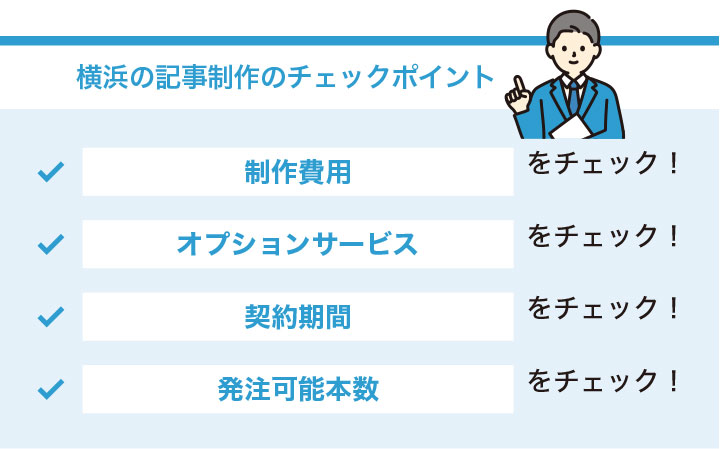How to Conduct a Mobile Usability Test
페이지 정보

본문

Running a mobile usability study is an critical practice in creating a fluid and natural user experience for your digital product. Unlike desktop testing, mobile usability testing must account for limited screen real estate, finger-driven navigation, varying network conditions, and the fact that users often engage with applications in dynamic environments.
Begin with well-defined objectives for your test. Are you aiming to evaluate how easily users can finalize a transaction, find key features, or sign up for an account? Your goals will shape the tasks you ask participants to perform.
Select testers aligned with your target audience. Never depend solely on friends or coworkers. Target a minimum of 5–8 participants, as studies indicate that this number typically uncovers the majority of usability issues. Ensure diversity across different age groups, digital literacy, and device types if your app serves a wide user base.
Set up a test setting that mimics real life. Lab environments may be useful, conducting sessions in coffee shops, commuter spaces, or even at home gives you genuine user behavior. When in-person testing isn’t feasible, screen recording platforms allow users to record their screens and voices while interacting with your app. This technique gathers both user actions and qualitative input.
Create short, realistic tasks. For example, 横浜市のSEO対策会社 avoid wording it like "Find the settings menu," phrase it as "Change your notification preferences to silent after 10 p.m." Avoid leading questions or providing clues. Allow organic discovery. Watch for subtle cues. Record hesitation points, accidentally tap the wrong button, or express confusion. Observe physical reactions—they often reveal frustration even when users fail to verbalize their concerns.
Ask follow-up questions after each task. Ask what they expected to happen, what didn’t make sense, or how they’d improve it. Don’t ask biased questions like "Was this easy?" Instead, ask "What was your experience trying to complete this task?" This elicits rich, unfiltered insights.
Obtain consent and capture the session. Multimedia documentation help you spot patterns across tests and communicate results to stakeholders. Log critical events for key moments of difficulty or success.
After collecting feedback, examine the findings. Spot repeated errors—like users failing to locate a link or confusing a symbol. Prioritize issues based on how often they occur and the degree to which they hinder the user’s ability to complete their goal. Share your findings with designers and developers in a direct, implementable manner, using real-world examples, annotated images, brief recordings to illustrate the problems.
Finally, don’t stop at one round of testing Testing should be continuous. Test again after making changes to confirm improvements and uncover new issues. Even simple testing yields powerful results. With careful planning and a focus on real user behavior, resource-limited groups can collect actionable data that lead to more intuitive digital products.
- 이전글Welcome To Guard Patrol Products 25.11.02
- 다음글How Quickly does CBD Balm Absorb? 25.11.02
댓글목록
등록된 댓글이 없습니다.
